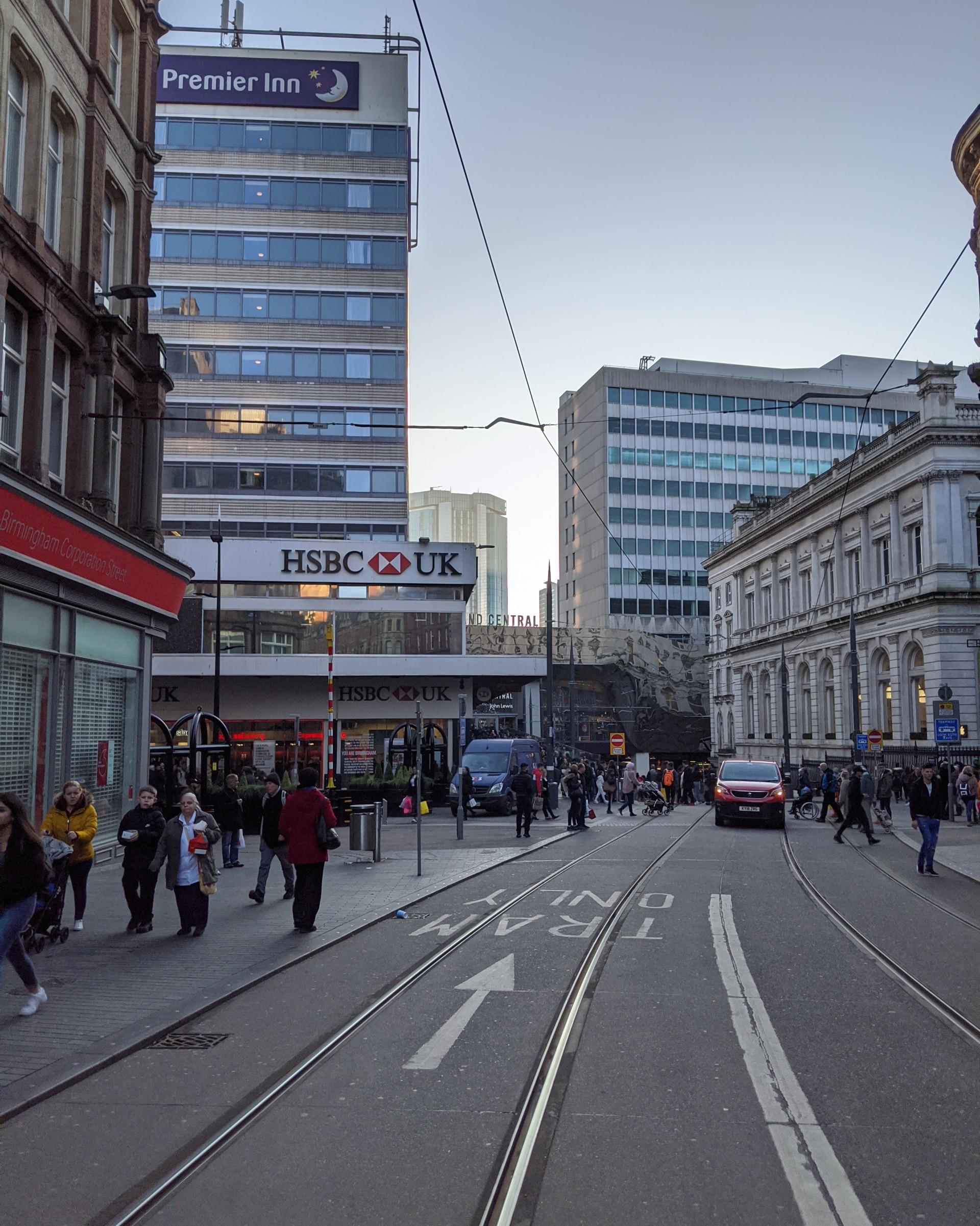As UK offices, retail centres and logistics hubs become ever smarter, new cyber risks are emerging and not just in IT, but across the built environment. A recent Royal Institution of Chartered Surveyors (RICS) survey reveals a rising tide of cyber-attacks: 27% of UK businesses - including those running smart buildings - reported incidents in the last year, up from 16%.
- Smart Buildings Inadvertently Open Digital Backdoors
These properties integrate building management, access systems, CCTV, IoT devices, HVAC and more. Yet many still run outdated, unsupported systems like Windows 7, default passwords, unpatched firmware. This exposes risks that can disrupt operations, inflate insurance costs, even endanger occupants.
- Cybersecurity as Asset Management
Today, digital resilience is a core asset management concern. Property managers must treat cybersecurity like structural safety, not an IT sidebar. Regular penetration tests, firewall segmentation, zero-trust access, and system audits are essential. Third-party vendors and contractors also need strict cyber protocols.
- A Regulatory and Insurance Imperative
As cyber incidents spike, landlords risk legal, reputational, and financial fallout. Insurance premiums for commercial properties are already increasing. Regulatory frameworks loom, with tenant demand shifting towards digital safety. Asset valuations can no longer ignore cyber resilience.
- Best-Practice Roadmap for Smart Property Owners
- Conduct risk audits: Include all integrated systems - from door locks to HVAC.
- Upgrade legacy tech: Remove unsupported software, enforce firmware updates.
- Implement cybersecurity standards: ISO 27001, NCSC guidelines.
- Training and drills: Staff must recognise phishing, social engineering, and response protocols
- The Business Case
Digital resilience protects occupant safety, maintains operational continuity, and preserves asset value. Tenants increasingly prioritise cyber-secured buildings. Savvy developers can differentiate their properties at lease and transaction stages - and command premium rents.
- Future-Proofing Commercial Property
As buildings undergo ‘digitalisation’, cybersecurity must be baked into design and management - from planning through operation. Smart is only smart if it’s secure.
Conclusion
The smart building revolution offers efficiency and comfort, but it creates digital vulnerabilities. RICS’s data is a wake-up call: failure to act risks disruption and loss. Property stakeholders must now embed cybersecurity in strategy, operations, and ESG frameworks. Because in the age of smart infrastructure, the safety of occupants and value of assets depend on it.
Source for this story: theguardian.com




